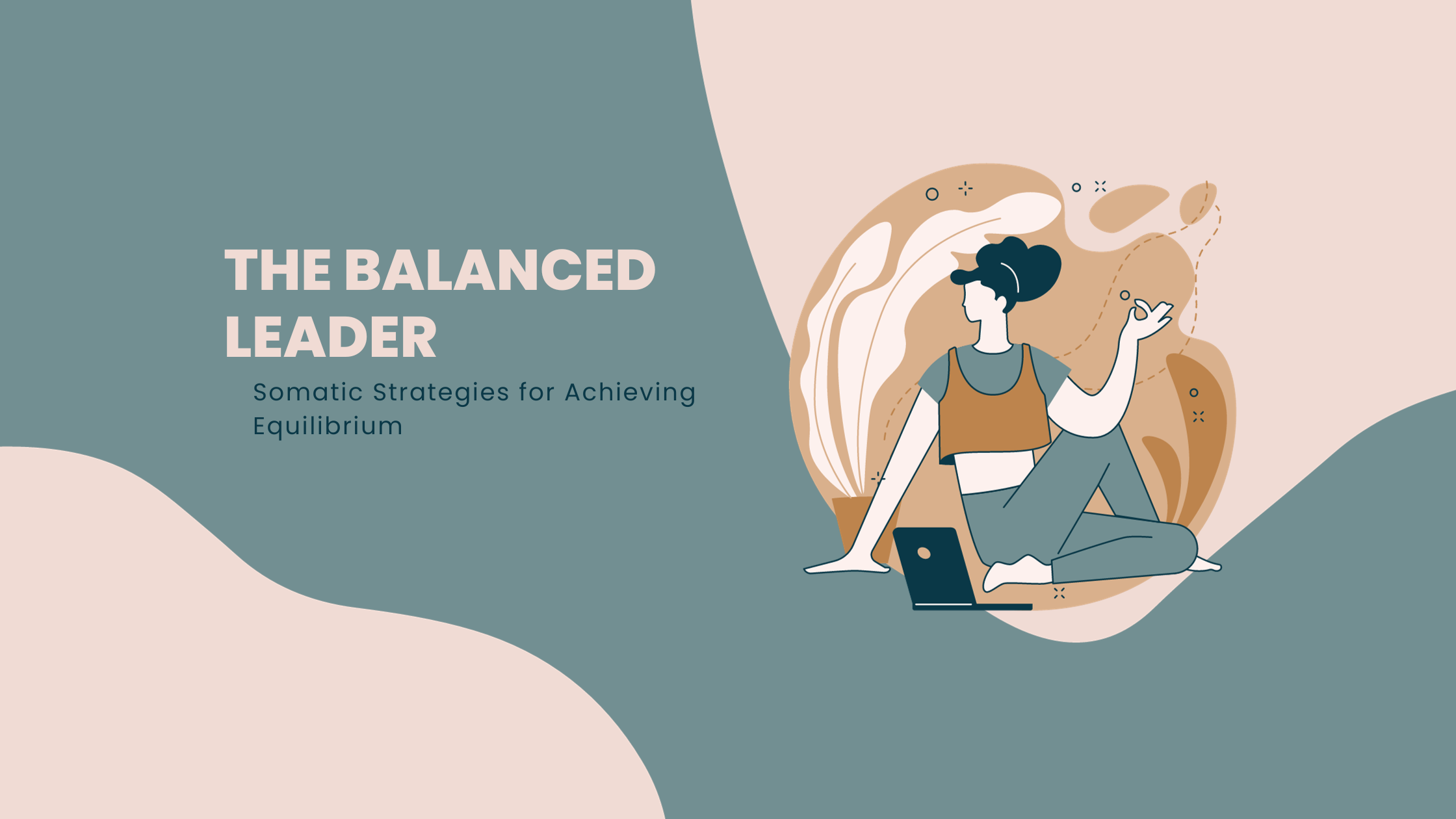
We all know the phrase "burning the candle at both ends," but few of us realise the actual physiological consequences of doing so, especially in the corporate world. The hustle culture has made burnout almost a badge of honour among leaders; an unfortunate byproduct of ambition and hard work. Yet, what if we were to scrutinise this phenomenon from a neuroscientific perspective? This deep dive will illuminate how our brains are wired, why they respond the way they do to stress, and how understanding neuroscience can help corporate leaders manage and prevent burnout.
The Neuroscience of Stress and Burnout
Before delving into personal anecdotes and the like, let's set the stage with some scientific fundamentals. The human brain is an incredible machine, tasked with regulating all aspects of human behaviour—cognition, emotion, decision-making, and stress response, to name a few. When we experience stress, it's the brain's limbic system, especially the amygdala, that sounds the alarm. This triggers a series of biochemical reactions, most notably the release of cortisol, the "stress hormone."
Prolonged stress equates to extended periods of elevated cortisol levels, which can lead to a host of issues—reduced cognitive functions, impaired judgment, increased emotional reactivity, and eventually, burnout. Therefore, understanding how our brain responds to stress enables us to mitigate its damaging effects effectively.
Story 1: The Case of Sarah, the Overworked Executive
Sarah had always been a high achiever. From excelling at university to climbing the corporate ladder at an impressive pace, she had an enviable résumé. As a C-suite executive in a leading technology firm, she was living the dream—or so it seemed. Workdays stretched into work nights; weekends were a myth. Sarah felt perpetually drained but dismissed it as the cost of success.
However, things came to a head during a crucial meeting where she had to present to the board of directors. Her usually sharp mind felt foggy, her concentration wavered, and for the first time, she stumbled through her presentation. The feedback was not disastrous, but it was less than glowing, a first in her otherwise stellar career.
Desperate to understand what was going wrong, she consulted a neuroscientist specialising in stress and performance. Brain scans revealed that her amygdala was highly active even in neutral scenarios, indicating heightened stress levels. Her prefrontal cortex—the area responsible for executive functions like decision-making and focus—showed diminished activity. In essence, prolonged stress had rewired her brain to a state of constant alert, undermining her cognitive faculties. Sarah had to accept that she was burnt out.
The Neuroscience of Recovery
The good news is that the brain is remarkably plastic, meaning it can rewire itself. Upon her doctor's advice, Sarah embarked on a programme that included mindfulness meditation, cognitive behavioural therapy (CBT), and even some medication to balance her cortisol levels. Six months into her journey, not only did she feel better emotionally, but her brain scans also showed notable improvement. Her amygdala was less reactive, and the activity in her prefrontal cortex had improved significantly.
How Leaders Can Leverage Neuroscience to Prevent Burnout
Prevention, as they say, is better than cure. Understanding the neuroscience of burnout not only helps in recovery but can also be instrumental in prevention. Simple strategies can make a significant difference. For instance, fostering a culture that encourages breaks can help in cortisol management. Brain-friendly foods rich in omega-3 fatty acids can improve cognitive functions. Moreover, mindfulness practices can retrain the amygdala, making it less reactive to stressors.
Story 2: James, the Mindful CEO
James, the CEO of a fast-growing startup, had been in the corporate game long enough to know the devastating effects of burnout. Having experienced it early in his career, he was determined not to let history repeat itself. Instead of ignoring the neuroscience behind stress, he embraced it. He started his mornings with a ten-minute meditation, focusing on his breathing. He had also adopted a diet rich in brain-boosting nutrients and incorporated regular exercise into his schedule.
But James didn't stop at personal changes. Recognising the importance of a balanced team for his company's success, he introduced mindfulness programmes and regular check-ins on workload and stress levels among his employees. James knew that an overworked brain is an inefficient one. His approach reaped dividends not just in his well-being but also in productivity and employee satisfaction.
After a year of implementing these changes, an anonymous internal survey revealed a significant drop in stress levels and a corresponding increase in job satisfaction among employees. Financial metrics also improved. As for James, a visit to his neurologist confirmed what he felt—his amygdala was less active compared to his scans from a few years back, and his prefrontal cortex showed robust activity. The neuroscience of stress had served him well.
Conclusion
Burnout is an epidemic in the corporate world, but it doesn't have to be an inevitability. As we've seen from Sarah and James's stories, understanding the neuroscience behind it can be a game-changer. It equips you with the tools not just for recovery but, more importantly, for prevention.
It's high time we stopped viewing burnout as a byproduct of success. Through neuroscience, we can demystify this condition and tackle it head-on, laying the foundation for a more balanced, fulfilling, and effective work life.
So the next time you feel the weight of your responsibilities bearing down on you, remember: your brain is your most potent asset. Treat it well, and it will return the favour.
In the words of the late, great neurologist Oliver Sacks, "We speak not only to tell other people what we think, but to tell ourselves what we think. Speech is a part of thought." Let's start a conversation about the neuroscience of burnout and change the corporate world for the better.
What are your experiences with burnout, and how are you leveraging neuroscience in your leadership role? Your insights could be invaluable for others navigating the same challenges, so do share your thoughts in the comments below.

.png)








